- About MAA
- Membership
- MAA Publications
- Periodicals
- Blogs
- MAA Book Series
- MAA Press (an imprint of the AMS)
- MAA Notes
- MAA Reviews
- Mathematical Communication
- Information for Libraries
- Author Resources
- Advertise with MAA
- Meetings
- Competitions
- Programs
- Communities
- MAA Sections
- SIGMAA
- MAA Connect
- Students
- MAA Awards
- Awards Booklets
- Writing Awards
- Teaching Awards
- Service Awards
- Research Awards
- Lecture Awards
- Putnam Competition Individual and Team Winners
- D. E. Shaw Group AMC 8 Awards & Certificates
- Maryam Mirzakhani AMC 10 A Awards & Certificates
- Two Sigma AMC 10 B Awards & Certificates
- Jane Street AMC 12 A Awards & Certificates
- Akamai AMC 12 B Awards & Certificates
- High School Teachers
- News
You are here
Who's That Mathematician? Paul R. Halmos Collection - Page 57
For more information about Paul R. Halmos (1916-2006) and about the Paul R. Halmos Photograph Collection, please see the introduction to this article on page 1. With this page, we reach the last of the 342 photographs digitized by the Archives of American Mathematics in 2011, but watch for bonus photos during the next two weeks!
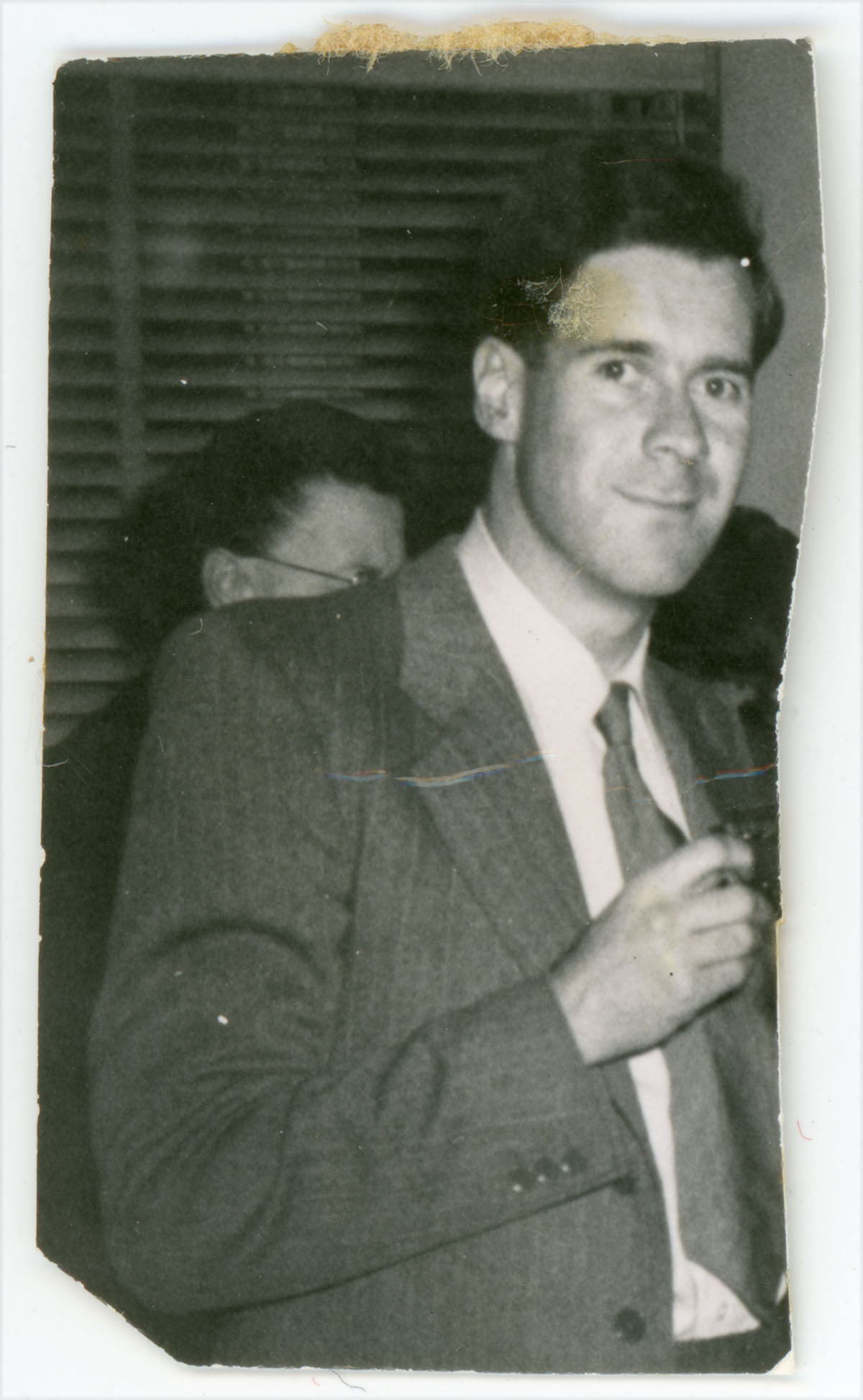
Halmos photographed E. Christopher Zeeman in about 1952. Chris Zeeman received his Ph.D. in 1953 from the University of Cambridge with the dissertation “Dihomology” written under advisor Shaun Wylie (who also was Ph.D. advisor to topologist Frank Adams, whose photograph appears on page 1 of this collection, where you can read more about him). After spending the year 1954-55 in the U.S. at the University of Chicago, where Halmos was on the faculty, and at Princeton University, he returned to Cambridge, where he remained on the faculty until 1964. In 1964 he became Foundation Professor of Mathematics at the brand-new University of Warwick, where he led the Department of Mathematics and the Mathematics Research Centre until 1988, when he accepted positions at Oxford University and Gresham College. He has advised at least 30 Ph.D. students during his career, eight of them at Cambridge University and the rest at the University of Warwick. O’Connor and Robertson of the MacTutor Archive quote Zeeman himself on his favorite research accomplishments:
I am particularly fond of having unknotted spheres in 5-dimensions, of spinning lovely examples of knots in 4-dimensions, of proving [Henri] Poincaré’s Conjecture in 5-dimensions, of showing that special relativity can be based solely on the notion of causality, and of classifying dynamical systems by using the Focke-Plank equation. And amongst my applications of catastrophe theory I particularly liked buckling, capsizing, embryology, evolution, psychology, anorexia, animal behaviour, ideologies, committee behaviour, economics and drama.
(Sources: MacTutor Archive, Mathematics Genealogy Project)
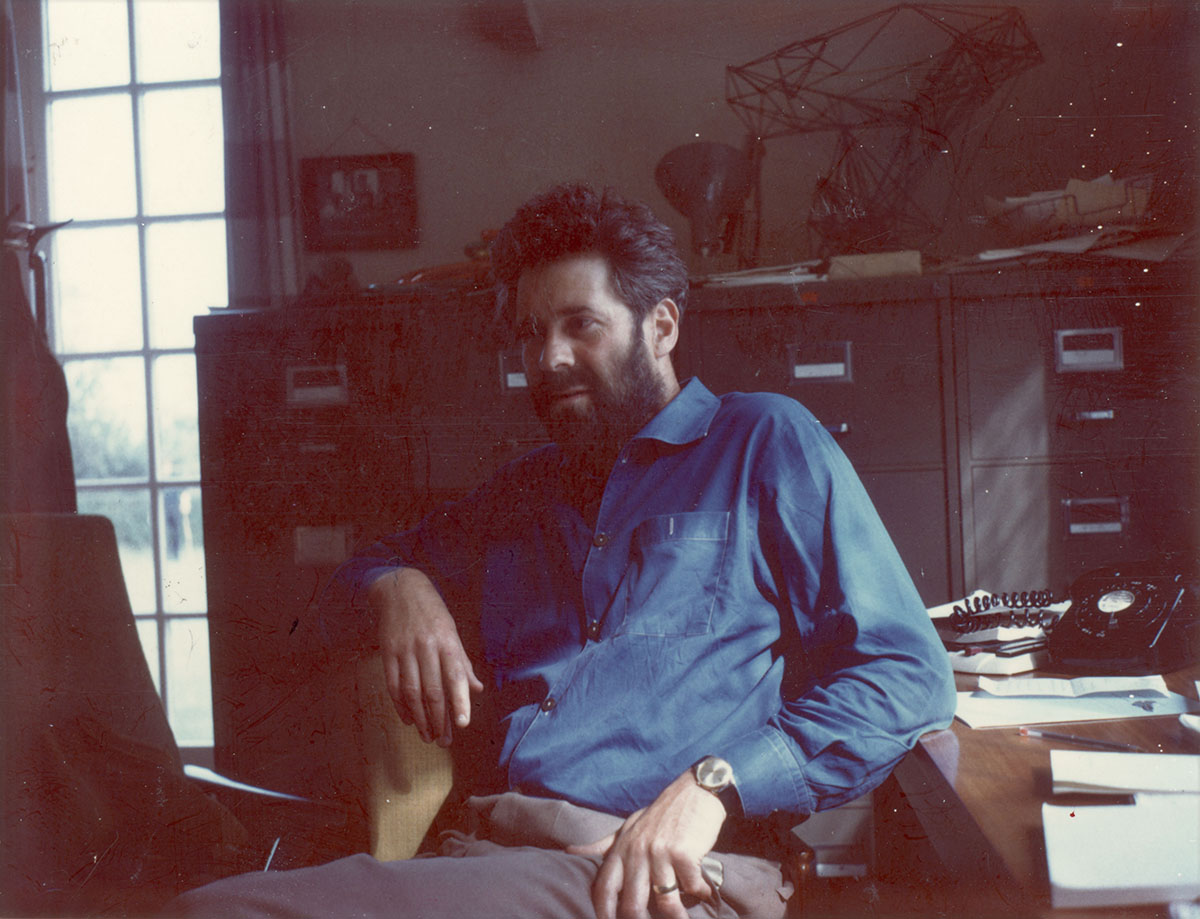
E. Christopher Zeeman was photographed by Halmos again on June 13, 1966, in Coventry, England, where Zeeman was Foundation Professor of Mathematics (professor and founding chair) at the University of Warwick at the time.
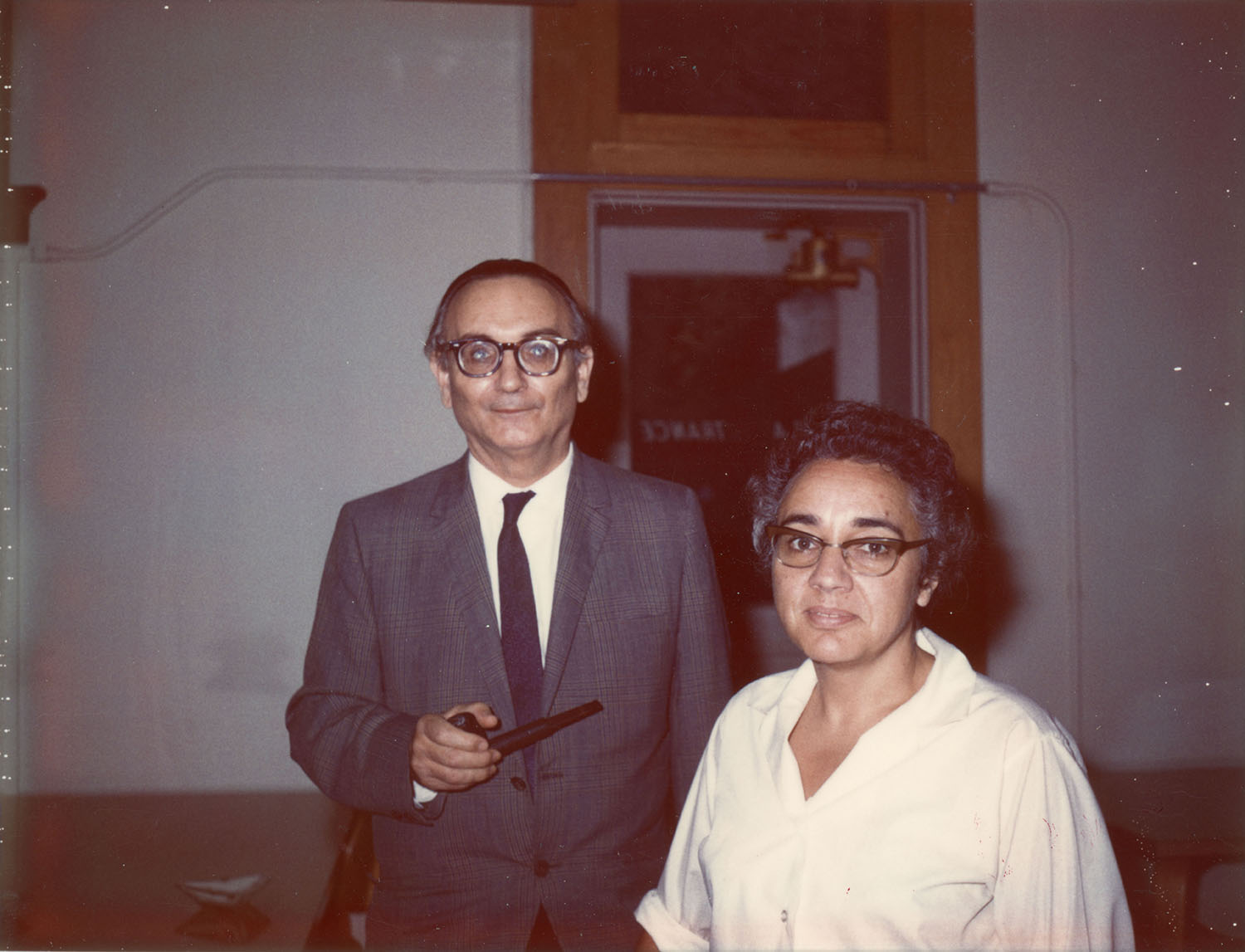
Halmos photographed Max Zorn (1906-1993) and Maria J. Wonenburger on September 26, 1969, in Bloomington, Indiana, where all three of Halmos, Zorn, and Wonenburger were mathematics professors at Indiana University at the time.
Max Zorn was responsible for Zorn’s Lemma, equivalent to the Axiom of Choice and originally published by him in 1935 as a “maximum principle” to be used as an alternative to Ernst Zermelo’s well-ordering principle in studying field theory. This paper was published early in Zorn’s career, while he was on a fellowship at Yale University, after having received his Ph.D. from the University of Hamburg in Germany in 1930 under advisor Emil Artin with the dissertation “Theorie der alternativen Ringe.” Zorn was on the faculty at the University of California, Los Angeles, from 1936 to 1946, and at Indiana University from 1946 onward. The Mathematics Genealogy Project lists his only Ph.D. student as Israel (Yitz) Herstein (pictured on page 22 of this collection, where you can read more about him), who earned his Ph.D. in 1948 from Indiana University with the dissertation “Divisor Algebras.” (Sources: MacTutor Archive, Mathematics Genealogy Project)
After studying mathematics at the University of Madrid in Spain, Maria Wonenburger earned her Ph.D. in 1957 from Yale University with the dissertation “On the Group of Similitudes and Its Projective Group,” written under advisor Nathan Jacobson. An active researcher especially during the 1960s, she was a mathematics professor at the University of Toronto, the University of Buffalo, and Indiana University from 1960 to 1983. Her service at Toronto and Buffalo must have been relatively brief because she had joined the faculty at Indiana University by 1967, when she became a full professor there. In 1983, Wonenburger returned to her hometown of Montrove-Oleiros in A Coruña, Galicia, in the northwest corner of Spain. In 2010, she received an honorary degree from the Universidade de A Coruña. (Sources: Mathematics Genealogy Project, El País Archivo)
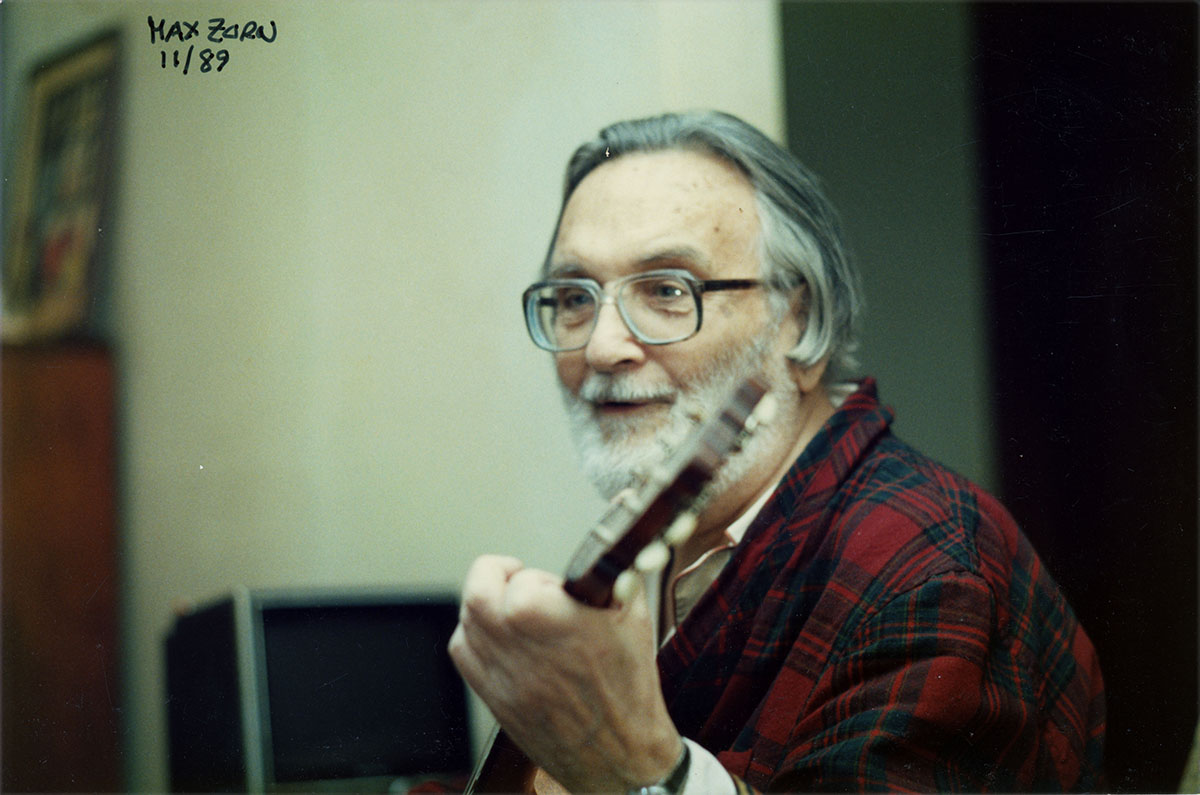
Max Zorn was photographed by Halmos again in November of 1989 at Indiana University in Bloomington.
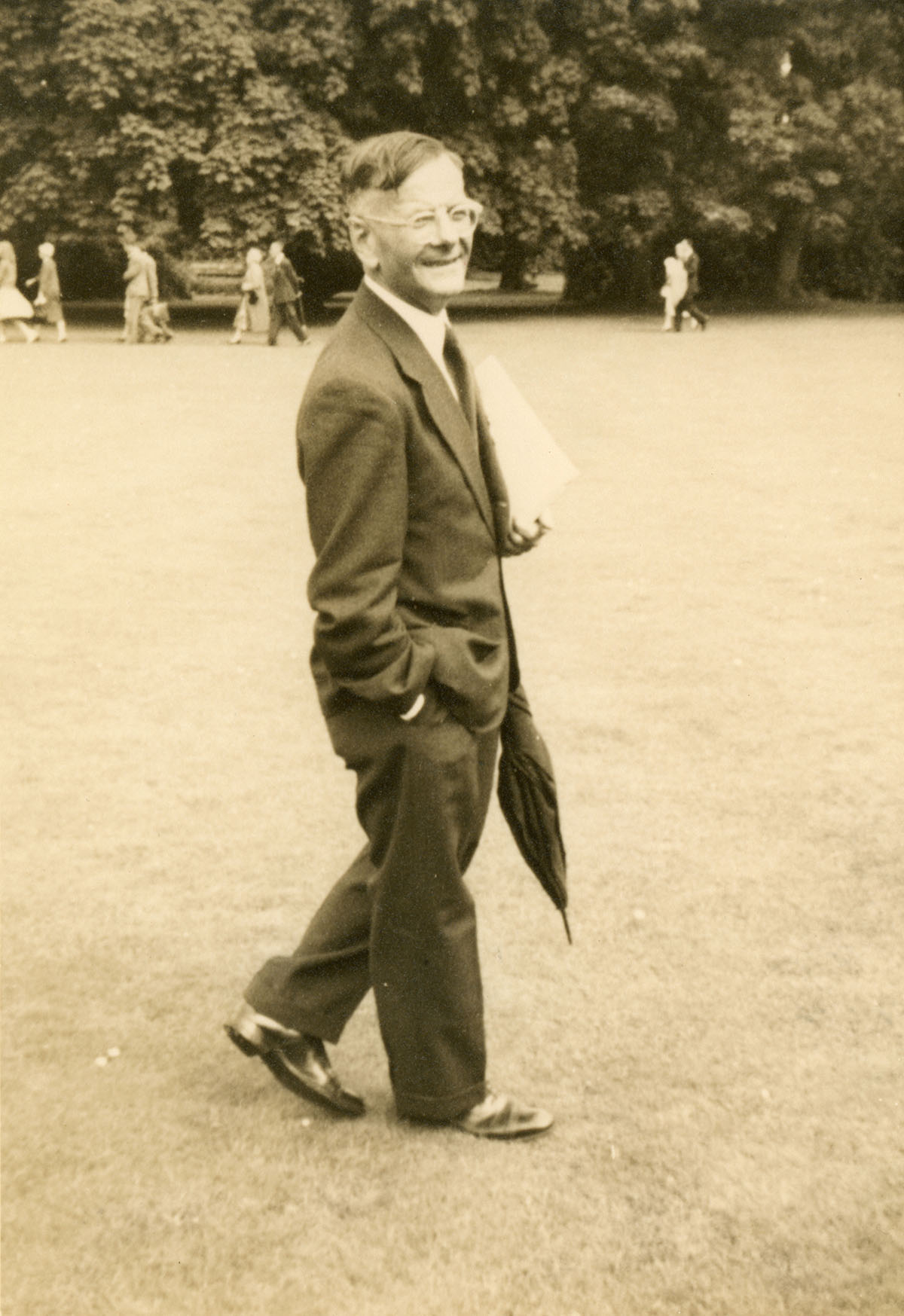
Halmos photographed Antoni Zygmund (1900-1992) in 1958, probably during the International Congress of Mathematicians in Edinburgh, Scotland, but possibly also in Chicago, Illinois, where both were professors at the University of Chicago at the time.
Zygmund was born on Christmas Day in Warsaw, Poland (then part of the Russian Empire), and received his Ph.D. from the University of Warsaw in 1923 with a dissertation on trigonometric series written under advisors Aleksander Rajchman and Stefan Mazurkiewicz. He taught at the Warsaw Polytechnic School (1923-29) and the University of Warsaw (1926-29), and then, during 1929-30, he traveled to England, spending half the year studying with G. H. Hardy in Oxford and the remaining half studying with J. E. Littlewood (photographed on page 31 of this collection) in Cambridge. When he returned to Poland in 1930, Zygmund became chair of mathematics at the University of Stefan Batory in Vilnius, and, during the 1930s, published three well-known texts, Notes on random functions (with Raymond Paley and Norbert Wiener, 1933), Trigonometric series (1935, 1959, and 2002), and Analytic functions (1938 and 1952). In 1940, he escaped the German occupation and moved to the U.S., where he taught at Mount Holyoke College in Massachusetts from 1940 to 1945 (and at the University of Michigan during 1942-43) and then at the University of Pennsylvania for one year before joining the faculty at the University of Chicago in 1947. He is generally credited with building at Chicago the strongest analysis faculty and graduate program of the 20th century, and, in 1986, he received the National Medal of Science primarily for this accomplishment. The citation read:
For outstanding contributions to [Joseph] Fourier analysis and its applications to partial differential equations and other branches of analysis, and for his creation and leadership of the strongest school of analytical research in the contemporary mathematical world. (quoted by O’Connor and Robertson, MacTutor Archive)
Zygmund had many collaborators during his career, the best known probably being his Ph.D. student Alberto Calderón, with whom he worked on harmonic functions, singular integrals, and partial differential equations. (Calderón is pictured on page 9 of this collection, where you can read more about him.) He supervised at least 40 Ph.D. students during his career, all but four of them at the University of Chicago. Later texts by Zygmund included Trigonometric interpolation (1950) and Measure and integral (with Richard Wheeden, 1977). (Sources: MacTutor Archive, Mathematics Genealogy Project)
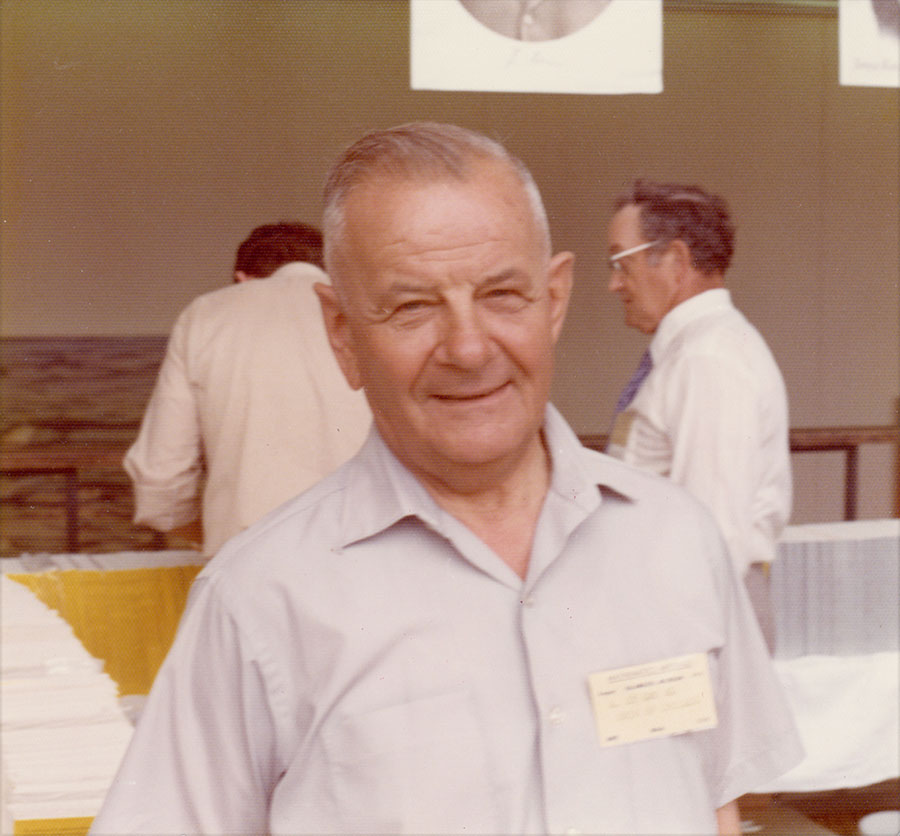
Halmos photographed Antoni Zygmund again on August 1, 1975, at the Joint Summer Mathematics Meetings in Kalamazoo, Michigan.
For an introduction to this article and to the Paul R. Halmos Photograph Collection, please see page 1. Although we have come to the end of the initial set of 342 photographs digitized by the Archives of American Mathematics in 2011, please watch for a new page of bonus photos next week!
Regarding sources for this page: Information for which a source is not given either appeared on the reverse side of the photograph or was obtained from various sources during 2011-12 by archivist Carol Mead of the Archives of American Mathematics, Dolph Briscoe Center for American History, University of Texas, Austin.
Janet Beery (University of Redlands) and Carol Mead (Archives of American Mathematics, University of Texas, Austin), "Who's That Mathematician? Paul R. Halmos Collection - Page 57," Convergence (June 2013), DOI:10.4169/loci003801




